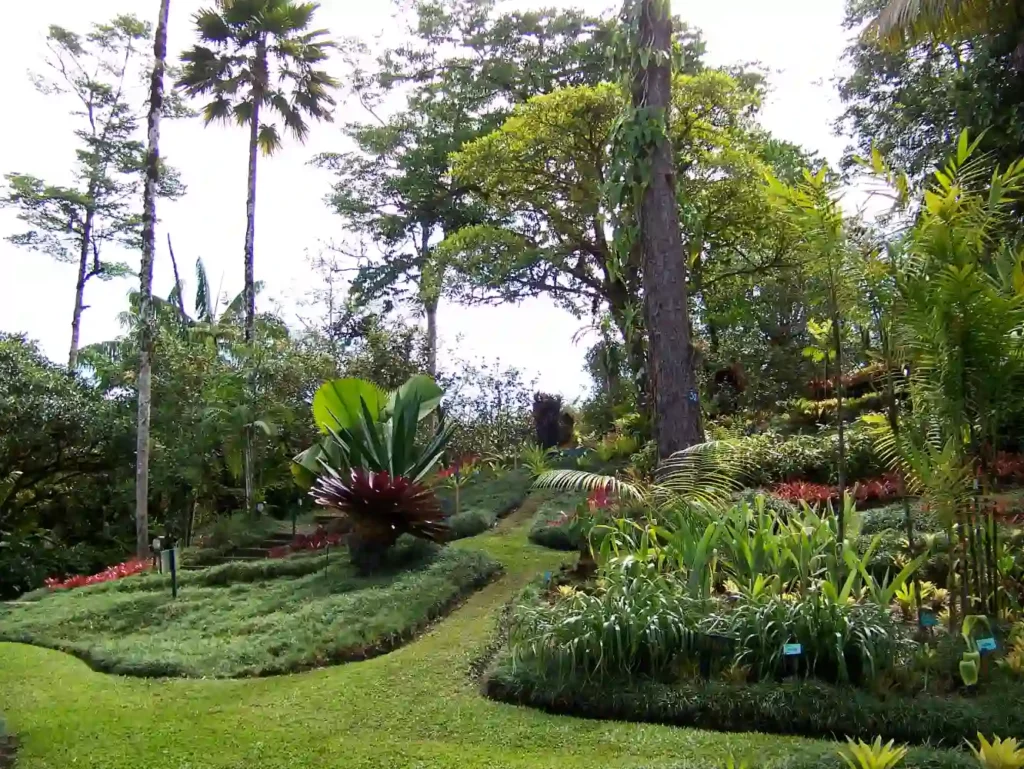The Las Cruces Biological station is a mid-elevation site, and protects more than 300 hectares of Premontane Wet Forest habitat. 200 hectares are primary forest.
The topography is rugged and elevation ranges from 1000-1400 m, which allows for high diversity of flora and fauna – including an estimated 2,000 species of plants, more than 400 birds and 113 mammal species.
The station is also home to the Wilson Botanical Garden – the most famous botanical garden in Central America. The garden features beautifully diverse plantings of tropical and subtropical ornamental plants, representatives of unusual plant families, and rare and endangered plants from Costa Rica and elsewhere.
The garden also boasts the second largest collection of palms in the world. Particularly well represented groups include ferns, aroids, bromeliads, gingers, heliconias, marantas, and of course palms.
The lodge is rustic and simple but comfortable. There is hot water and private bathrooms for each room as well as ceiling fans.
